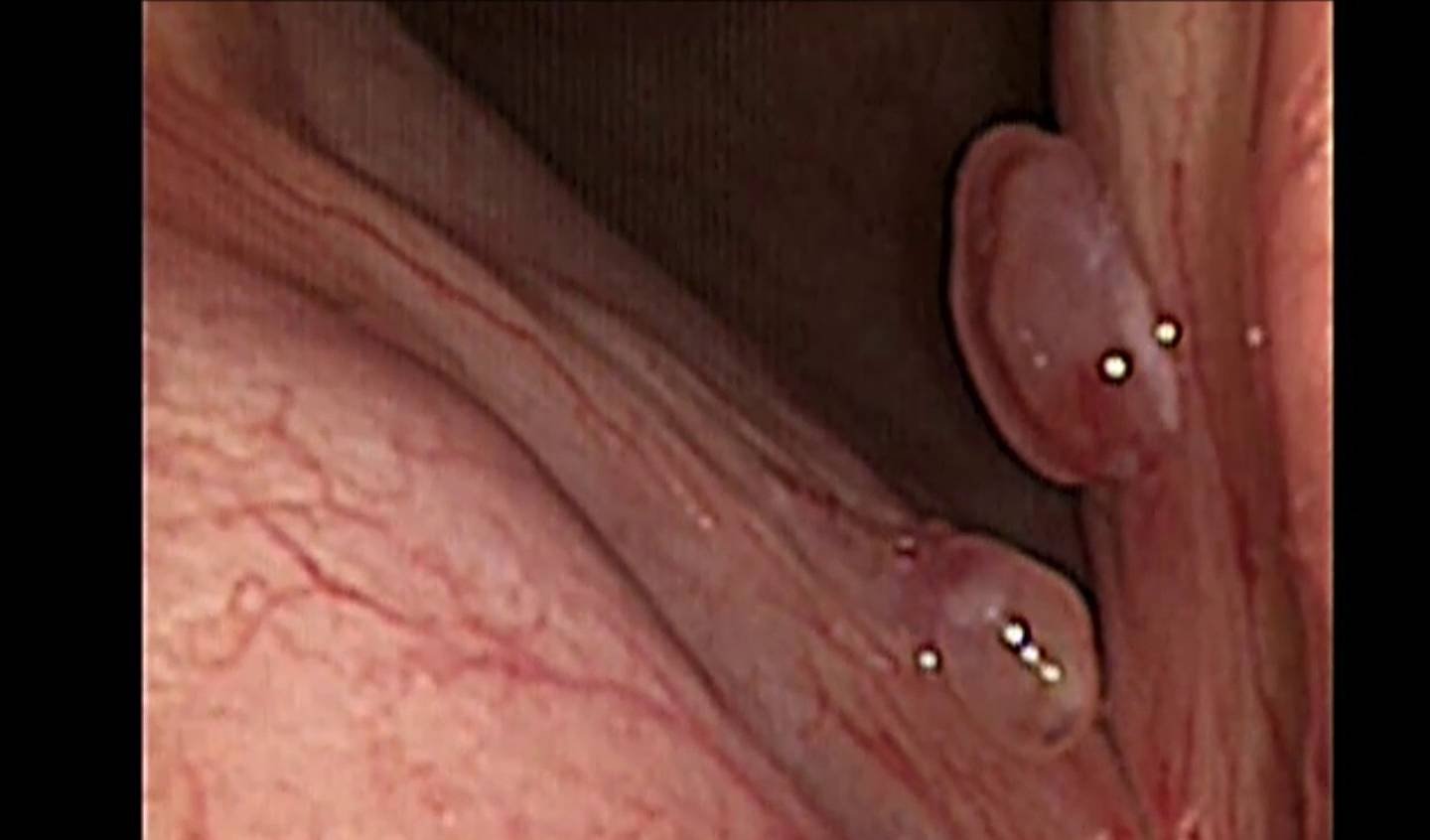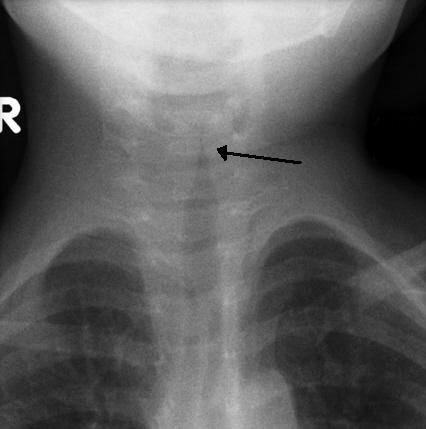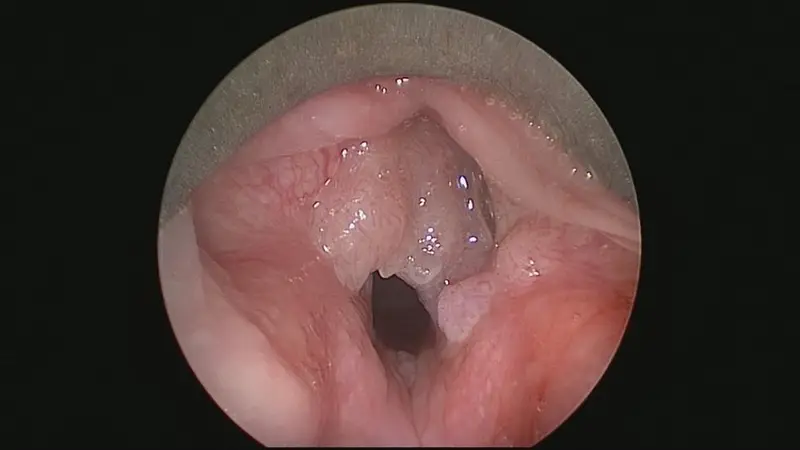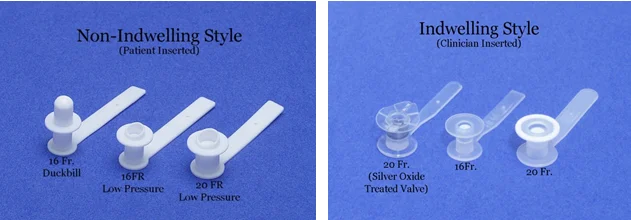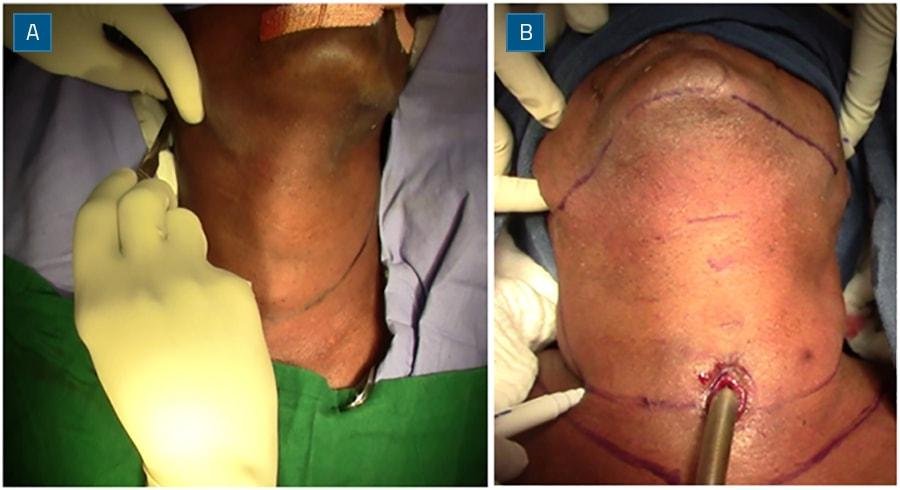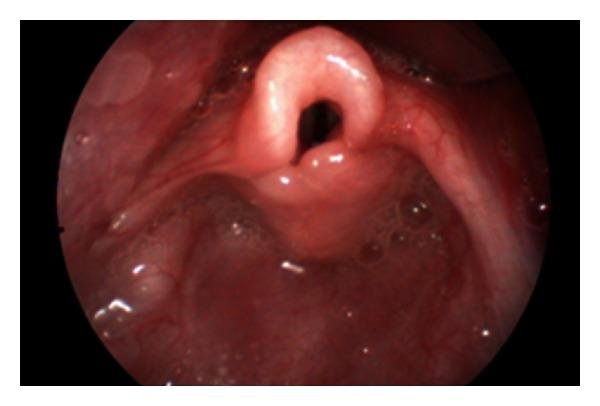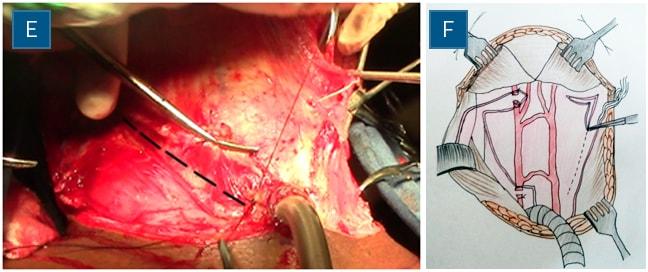“Articles / Chapters” provides a single canonical page on all topics relevant to the practice of otolaryngology. These articles are mainly intended for use by medical professionals.
Vocal Cord Polyps – Clinical features, Treatment
Vocal cord polyps are benign (noncancerous) swelling of greater than 3mm that arise from free edges of true vocal cords, localized area of edematous tissue, usually unilateral. Some may be […]
Posted on
Subglottic Stenosis – Clinical Features and Treatment
Subglottic stenosis is a clinical condition occurring due to the narrowing of the subglottic lumen of the larynx (voice box) at the region of the cricoid cartilage. Based on the […]
Posted on
Recurrent Respiratory Papillomatosis – Clinical features, Diagnosis and Treatment
Recurrent Respiratory Papillomatosis (RRP) also known as juvenile-onset laryngeal papillomatosis/ laryngeal papillomatosis, is a rare airway disease characterized by the development of small, wart-like growths (papillomas) anywhere in the respiratory […]
Posted on
Tracheoesophageal Prosthesis (TEP Speech)
Total laryngectomy is a surgical procedure, most commonly done in cancers of the larynx (voice box). In this procedure, the entire voice box is taken off and a permanent hole […]
Posted on
Laryngeal Exposure (Opening) Scores
Direct laryngoscopy is a routine procedure conducted to visualize the larynx (voice box), to access, evaluate and treat voice problems. Usually, the laryngoscope is placed through the mouth and the […]
Posted on
Indications and Contraindications for total laryngectomy
Total laryngectomy is a surgical procedure mostly done for malignancies involving the larynx. In this surgery, the entire larynx (voice box) is removed by resecting the trachea and bringing out […]
Posted on
Laryngomalacia – clinical features, surgical and medical management
Laryngomalacia also called “Dis-coordinate pharyngo-laryngomalacia” is the most common congenital lesion of the larynx (60-70%) and is the most common cause of congenital stridor in neonates and infants. The condition […]
Posted on
Total Laryngectomy – Evolution, Workup, Surgical steps and Complications
Total laryngectomy is a surgical procedure in which the entire larynx is removed by resecting the trachea and bringing out the lower stump as a respiratory opening in the anterior […]
Posted on
Clinical Practice Guidelines for management of Dysphonia
Dysphonia or impaired voice production is a clinical condition characterized by altered vocal quality, pitch, loudness, or vocal effort that impairs communication and/or quality of life. This is a very […]
Posted on
